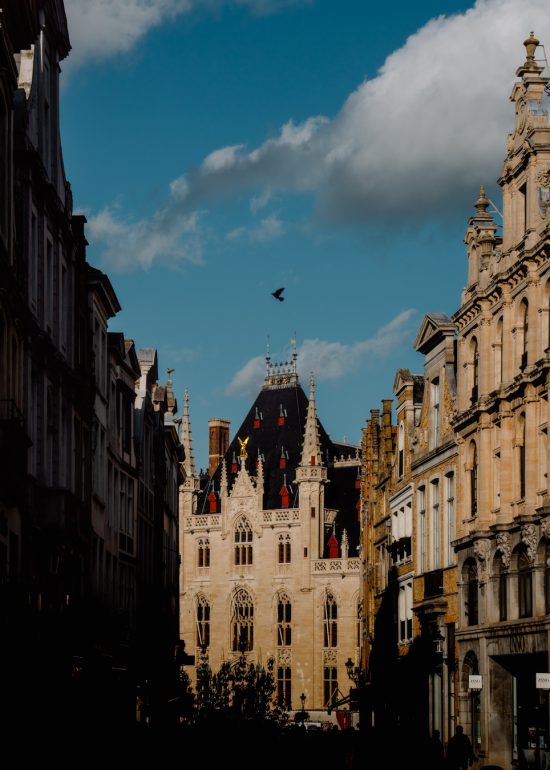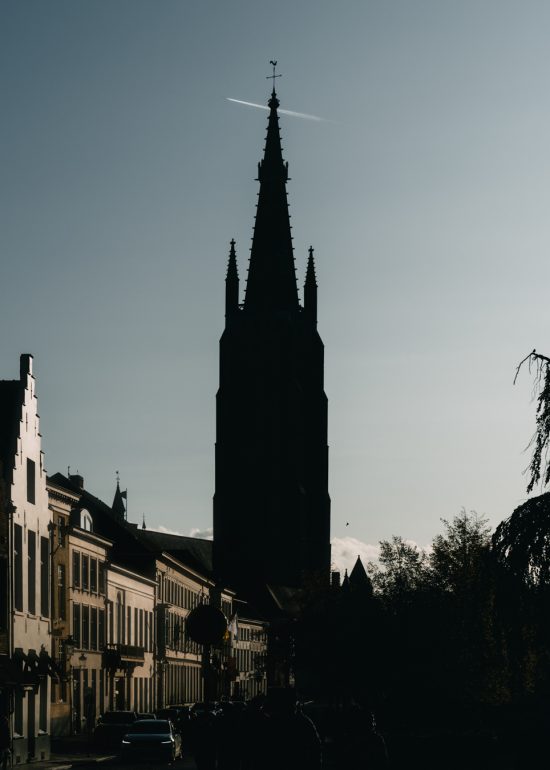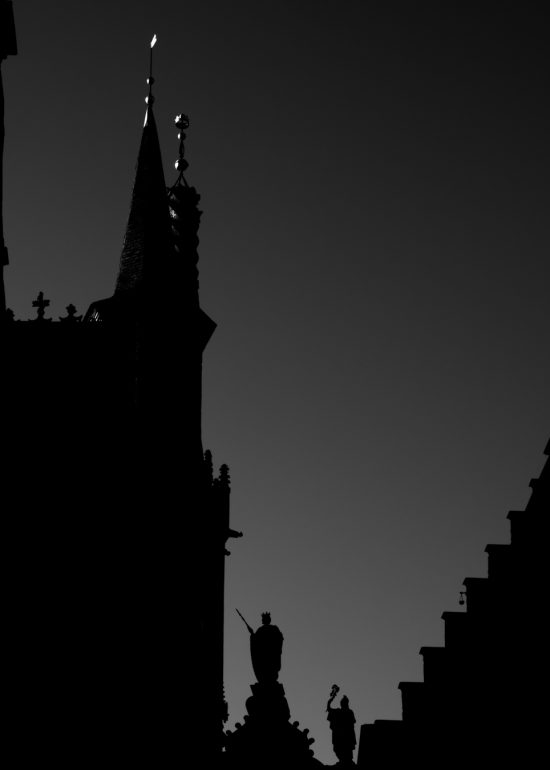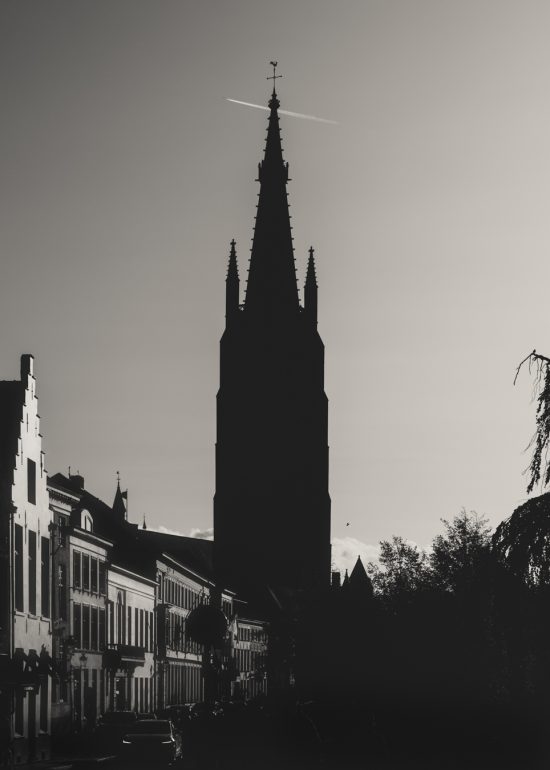/dead center
We humans absolutely love our amazing adverbs and astounding adjectives. Almost as much as we love vanilla—the essence, the ice cream flavor, or the figure of speech, take your pick. It’s no secret how much we adore the added flavours but at the base of it, it’s always plain old vanilla.
Did you know that Vanilla is actually a wonderfully complicated, intriguing, and luxurious spice? Chemists who have studied the vanilla bean have concluded that there are over 400 different types of components (such as protein, sugars, tannins, minerals, etc.), and the list of sensory qualities is almost never-ending (woody, nutty, weedy, creamy, spicy, etc.). In what we know today as Mexico, vanilla beans were so valuable that they were used as currency. The Maya and the Aztecs worshipped vanilla (as they did cacao). The Totonac regarded vanilla as a blessing and being able to find a mature vine with lots of fruit was the best-kept secret at the time.
Do you see where I am going with this? Truthfully, there is absolutely nothing plain about Vanilla. What grows as a fruit of labor from a humble vine is as complicated as the hallmark of complexity, the Ras el Hanout. The same applies to art. What often seems to be a simple framework of composing the action in the center of the frame is at its core, an aptitude of balancing multiple elements to create something simple yet (in some shape or form) worthy of qualifying as a borderline spectacle.
Some attempts by yours truly, exercising the faculty of the vanilla framework of photography (and of course making it my own in a way): (dead) center.









